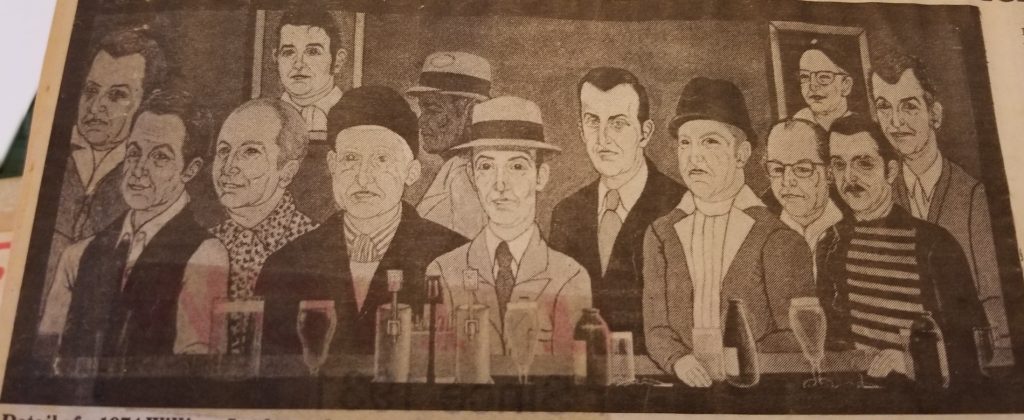
By Jon Purmont
WH Historical Society
Black History Month commenced as a way to remember and celebrate African-Americans and their culture and contributions to America.
In our city, we have a number of individuals who made unique and long-lasting contributions to our city’s history.
Pomp, was a slave at the time of the British invasion of West Farms (West Haven).
Historian Peter Malia, author of the book, Invisible Saints, writes that a man named Pomp was killed along side several local militia on that fateful day July 5, 1779.
In fact, Malia recalls seeing a grave marker honoring Pomp in the burial grounds adjacent to the Church of the Holy Spirit. He passed by it on his daily walk to St. Lawrence School from his nearby home.
The marker, no longer visible, has either sunk in the ground or been lost due to the ravages of time and weather. However, Pomp remains more than a footnote in our city’s long history. He was one of the brave heroes who gave his life in the defense of West Haven in the war for our country’s freedom and his own.
Another African-American was described by reporter Rosalie Popich in the Feb. 18, l988 West Haven News article as “A man whose popularity and talent left a landmark of his own to the city.” The man was William Lockwood, born in West Haven in 1910 the grandson of a woman born a slave in Hudson, New York. He became a free-lance painter well-known in West Haven for creating scenes associated with Savin Rock.
Popich estimated 50% of the amusement park outdoor signs were painted by “Willie” Lockwood as he was often called. He received commissions to paint many murals on inside walls of several restaurants and establishments at the “Rock.” His artistic talents included utilizing charcoal and other painting techniques often used to create portraits of children. It is believed some of these paintings still exist and may be found in some West Haven homes today.
Many older West Haven residents who remember Savin Rock may recall “Billy” Lockwood as a man who overcame many challenges. He had only one good arm which he used to paint with while coupling in his other arm the palette of colorful paints.
Yet despite obstacles- which did not deter him-William Lockwood remains a notable West Haven African-American. His reputation along with his many murals and portraits remain a large part of his long-lasting contribution to the city’s African-American history.
I remember Willy Lockwood who would come into the firehouse and visit with the firemen. He even helped pull hose one afternoon at the Savin Court apartments that we responded to a working fire. He and Whip Barrett, father of Art and Gordie Barret both West Haven Fire Department firemen was also there painting with Willy Lockwood that warm summer day.
Willy use to ride a bike with all his painting gear around town. Nice tribute with this remeberance of a very nice friendly man.